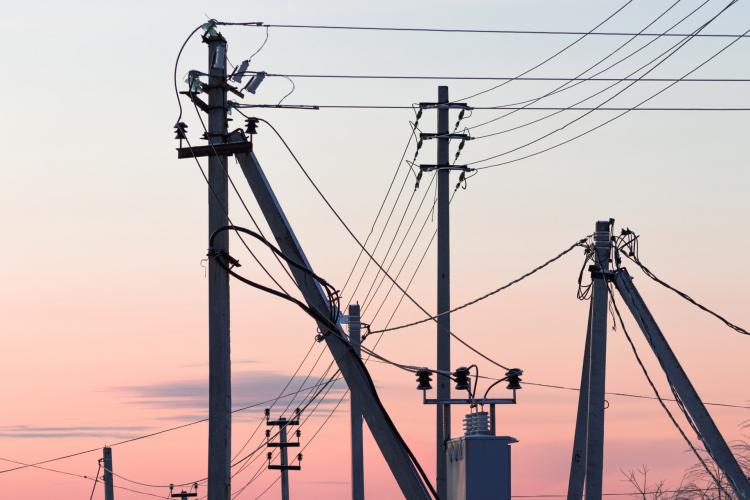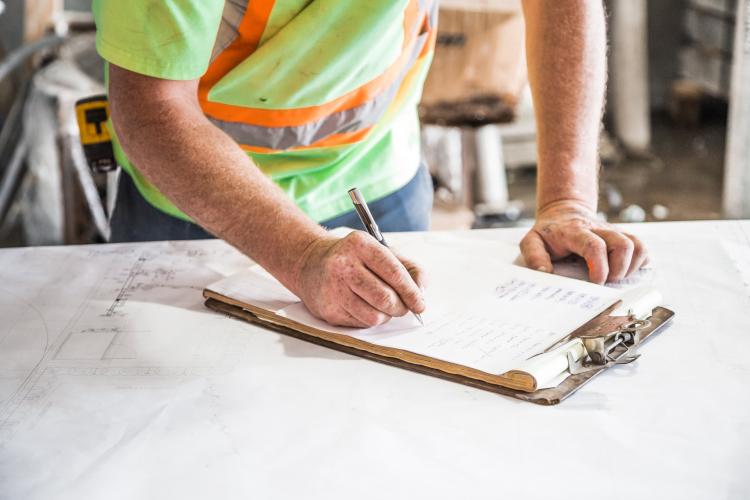Urban Heat Islands and the Opportunity for Prevention
This summer, not even halfway through, has already seen some of the hottest temperatures on record. The National Oceanic and Atmospheric Administration (NOAA) recently reported in its monthly climate update that this past June was the hottest June on record since global temperature record-keeping began in 1850. And unfortunately, the heat is here to stay.








